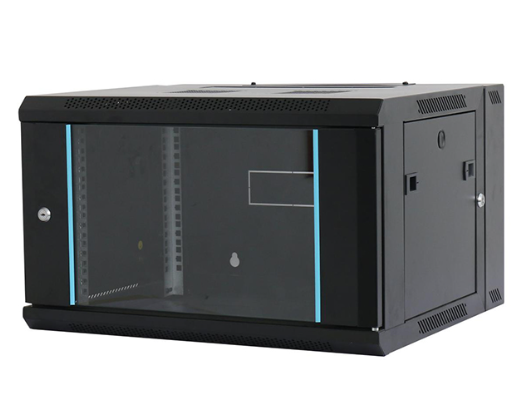News
Site Editor
 Site
https://leonetworkgroup.usa18.wondercdn.com/uploads/image/5fe152faa587d.png
Cable testing is a vital part of ensuring that an electrical system operates safely and effectively. It involves the use of specialized tools and techniques to verify the integrity of cables and determine if they are capable of carrying the necessary levels of current and voltage without endangering the equipment or people involved. In this article, we will discuss how to perform cable testing.1.
Site
https://leonetworkgroup.usa18.wondercdn.com/uploads/image/5fe152faa587d.png
Cable testing is a vital part of ensuring that an electrical system operates safely and effectively. It involves the use of specialized tools and techniques to verify the integrity of cables and determine if they are capable of carrying the necessary levels of current and voltage without endangering the equipment or people involved. In this article, we will discuss how to perform cable testing.1.
How To Do Cable Testing
Views: 455
Author: Site Editor
Publish Time: 2023-07-17
Origin: Site
Cable testing is a vital part of ensuring that an electrical system operates safely and effectively. It involves the use of specialized tools and techniques to verify the integrity of cables and determine if they are capable of carrying the necessary levels of current and voltage without endangering the equipment or people involved. In this article, we will discuss how to perform cable testing.
1. Prepare for testing
Before you start testing your cables, make sure you have all the necessary equipment and are familiar with the manufacturer's recommendations for cable testing. Gather all the tools and safety equipment you need, including a multimeter, insulation testers, continuity testers, a high voltage tester, gloves, and eye protection. Read through the manual for each tool and make sure you understand how to use them correctly.
2. Visual Inspection
Start your cable testing with a visual inspection. Look for any signs of damage, such as cuts, abrasions, or wear and tear. Check for loose connections or frayed wires. If you find any issues, isolate the cables and notify the appropriate maintenance personnel. Don't attempt to continue testing until the issues have been resolved.
3. Continuity Testing
The next step is to check for continuity. Use a multimeter to verify that there is a clear path for electrical current to flow through the cable. Check all the wires and connections for continuity. If continuity is not detected, it may indicate that there is a break in the cable, or a connection has come loose. Recheck the connection, and if the issue persists, there may be a need to investigate further and isolate the cable.
4. Insulation Testing
Insulation testing is done to check for faults in insulation or weak points in the cables that could pose a safety risk. A common way of performing insulation testing is to use an insulation tester, which measures the insulation resistance of the cable. Regular insulation testing is recommended as it allows a proactive approach to maintenance, identifying weak areas before they lead to accidents or damage.
5. High Voltage Testing
High voltage testing is typically reserved for power cables and involves applying a high voltage to the wire to see if it can handle the voltage. Do not attempt high voltage testing unless you are a qualified electrician with the appropriate training. High voltage testing needs extreme caution due to the risk of electrocution.
6. Document Test Results
Record all your testing results and any observations made during testing. Documentation is essential, as it provides a baseline of the cables' condition and can be used to track the performance of the cables over time.
In conclusion, cable testing is a crucial aspect of ensuring safety in an electrical system. Regular testing can identify potential faults, ensuring that cables are reliable and operating effectively. If in doubt, always seek help from an experienced professional or a qualified electrician. Remember to wear appropriate safety gear and work cautiously while testing to prevent accidents.
If you want to know more about industrial network cabinet,china fiber optic splice closure,china fiber optic distribution box,please consult the fiber optic splice closure factory








